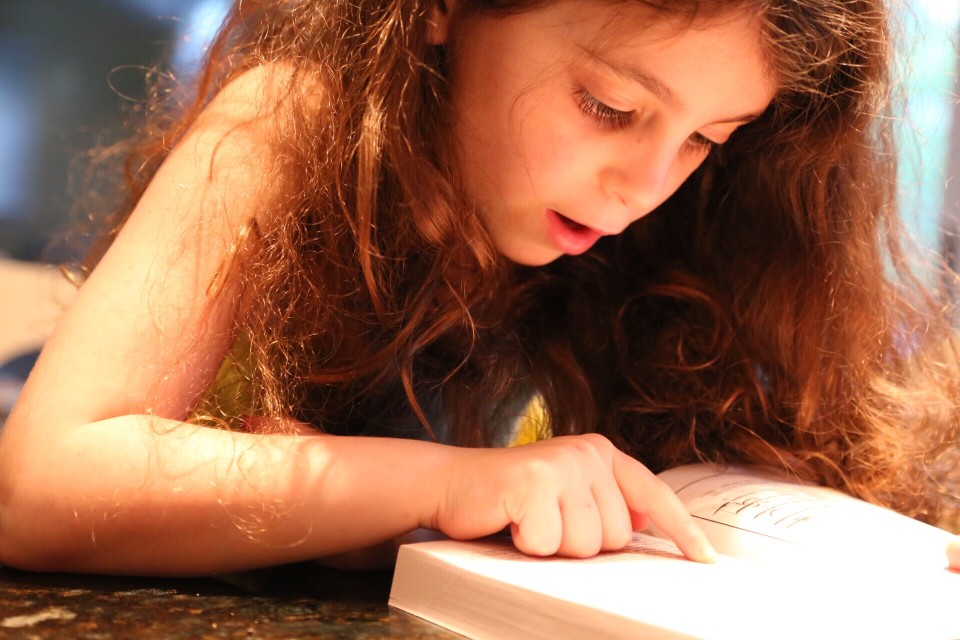Reading should be done for fun
Have you ever been so engrossed in a book you skipped watching a favorite TV show, didn’t hear the phone ring, or stayed up too late at night? Now that’s a good book, and as anyone who loves to read will tell you, that’s the best part of reading! Books are the way most teachers instruct their classes. But there’s also a reason for young people to read for fun. The Commission on Reading contends that reading for fun teaches young people how to become strategic, skilled readers. They learn the difference between reading for a test and reading for pleasure. They learn when to read carefully or skim, ask questions or consult a dictionary. Reading for Pleasure is Asset 25 of Search Institute’s 40 Developmental Assets, the qualities, experiences, and relationships that help young people grow up healthy, caring, and responsible.
Here are the facts
Research shows that young people who read for pleasure at least three hours a week (that’s only 26 minutes a day) exhibit more positive than negative values. Only 22 percent of young people, ages 11–18, read for pleasure three or more hours a week, according to Search Institute surveys. But reading—whether it’s for a grade or not—can open up a new world, transport you to faraway lands, bygone eras, or lives only dreamt of. Reading is important. It uses facts, figures, and emotions to both teach and inspire. Inspire young people to read for pleasure, and they will have a far richer life.
Tips for building this asset
Make it easy for your child—and other young people you know—to read for pleasure at your house. Provide a variety of reading materials such as novels, magazines, newspapers, and comic books. Also, set an example with your own behavior. Don’t just read in bed when everyone else is asleep. Let the young people around you see you reading. Discuss issues with them that come up or other ideas you’ve learned from books. Finally, limit screen time.
Also try this:
- In your home and family: Set aside a family reading time once a week. With younger children, read aloud together. With older children, read different books while hanging out together, or read the same book and then discuss it.
- In your neighborhood and community: Volunteer to read books aloud to children in your community center, school, faith community, child-care center, or library.
- In your school or youth program: Set up a book club to read popular fiction, nonfiction, or classics. Get together outside of class or during the regular program time to informally discuss the books you read.
—
Developmental Assets® are positive factors within young people, families, communities, schools, and other settings that research has found to be important in promoting the healthy development of young people. From Instant Assets: 52 Short and Simple E-Mails for Sharing the Asset Message. Copyright © 2007 by Search Institute®, 877-240-7251; www.search-institute.org. This message may be reproduced for educational, noncommercial uses only (with this copyright line). All rights reserved.
